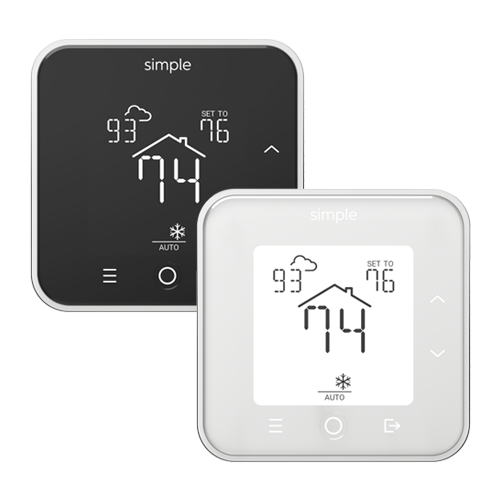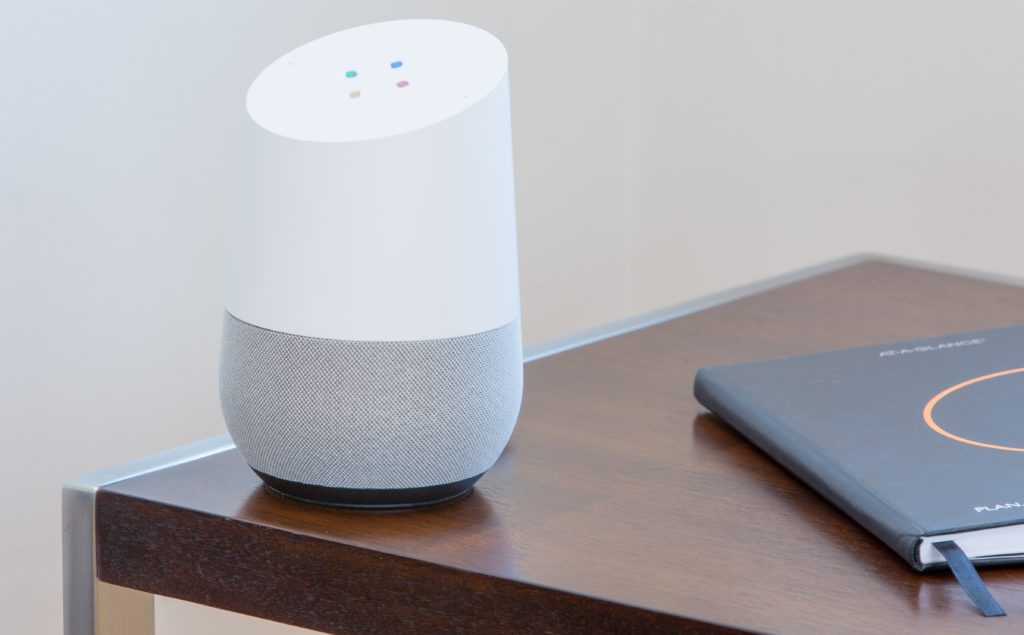The rising popularity of smart home technology is inspiring tech companies to come up with novel innovations designed to make life easier for homeowners. Smart climate control is still a relatively new phenomenon, but it’s expected to take off in the coming years.
We can expect to see thermostats that are even more advanced and more efficient continue to hit the marketplace and help users to save both money and energy. Sensors are also getting more sophisticated, offering a precise reading of local temperature, humidity, and even pressure.
Learning devices are predicted to gain more traction in the coming years as a simple and user-friendly solution to more complex technology. We can expect to see thermostats that can more accurately learn and predict user behavior, making them even more efficient and cost-effective.
Many homes waste a huge amount of energy each day through their heating and AC systems, which can have both a financial and an environmental impact. Installing a smart climate control setup can help homeowners to reduce their energy consumption, doing their part to reduce carbon emissions and saving on their utility bill each month.













